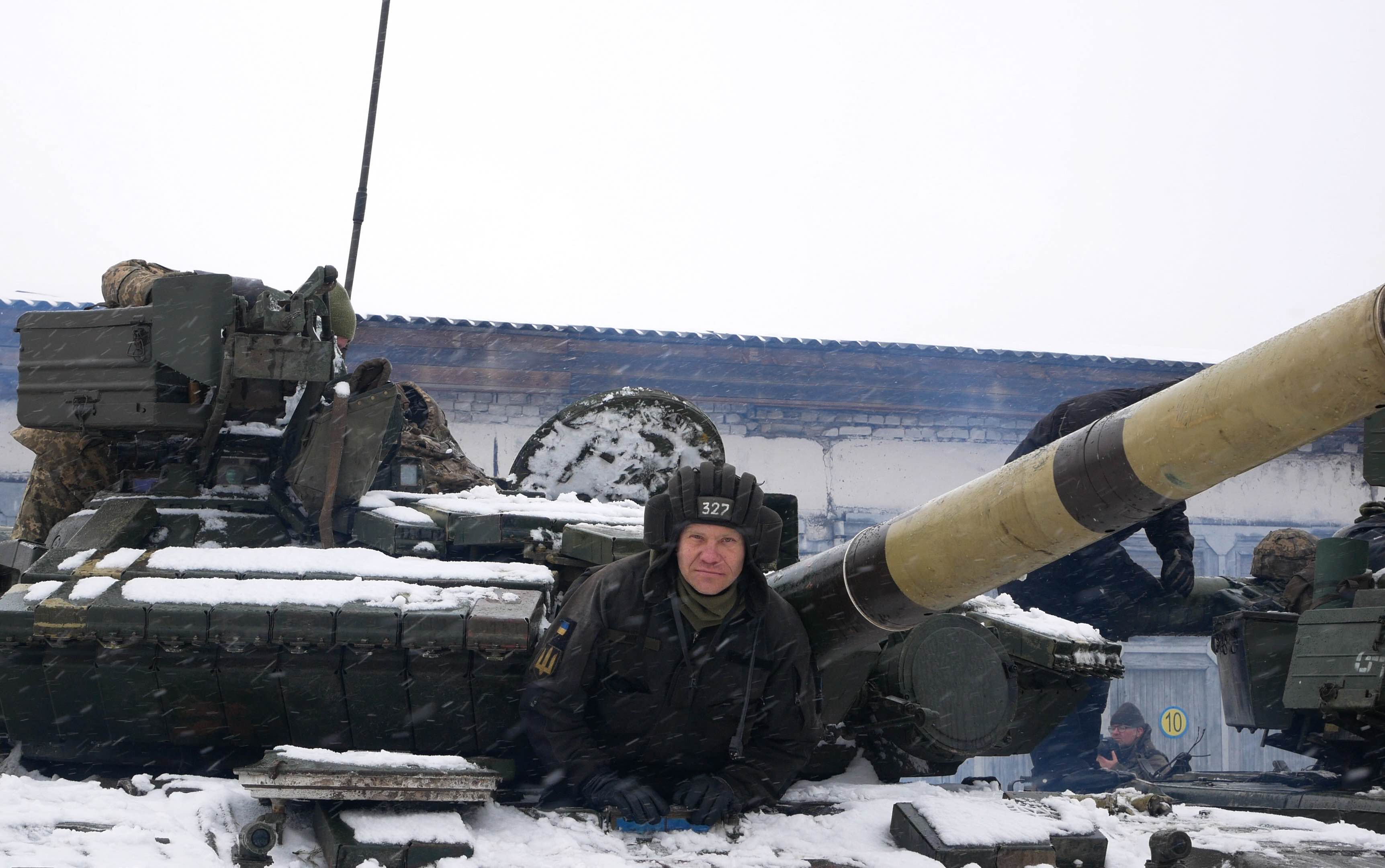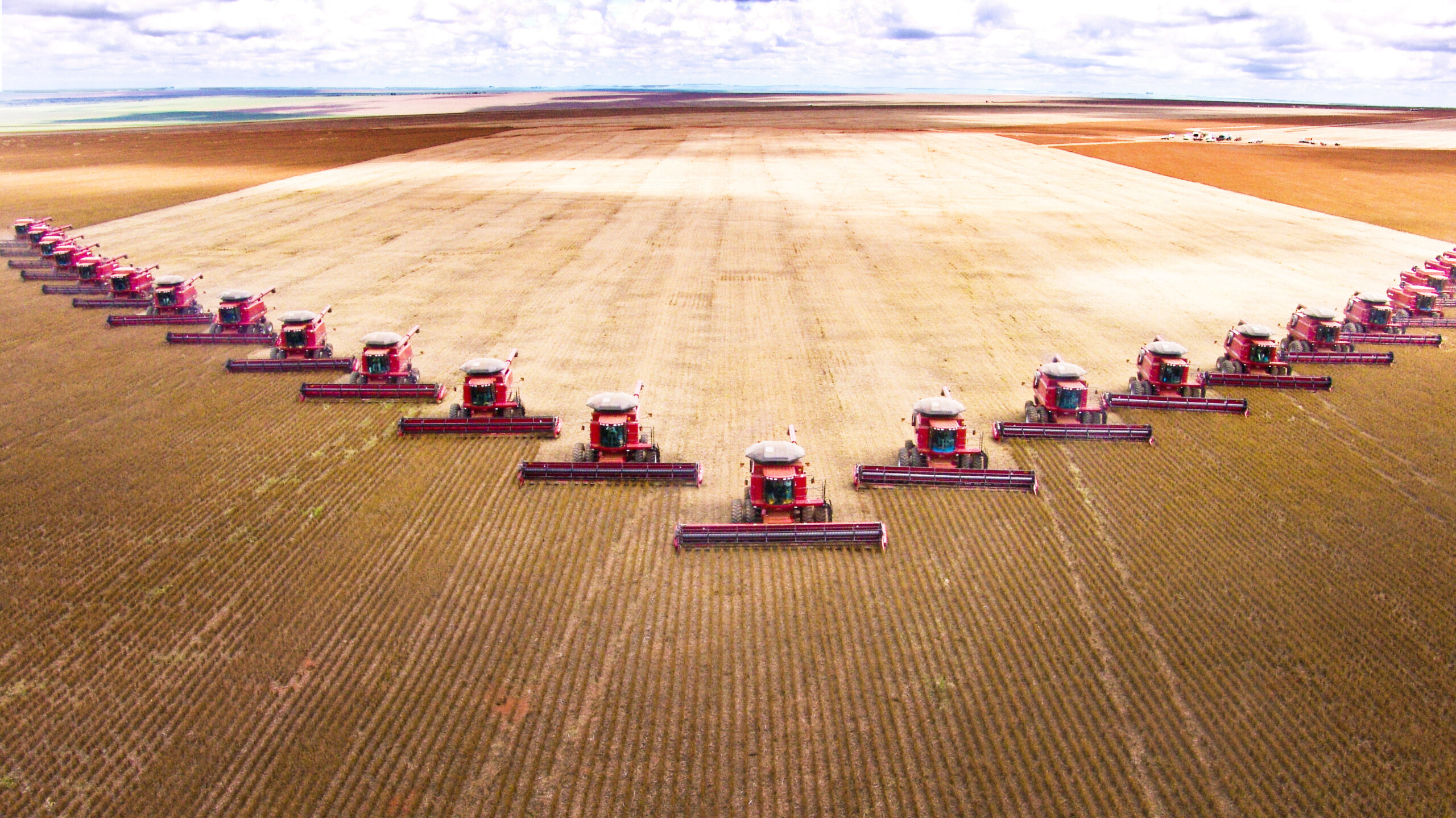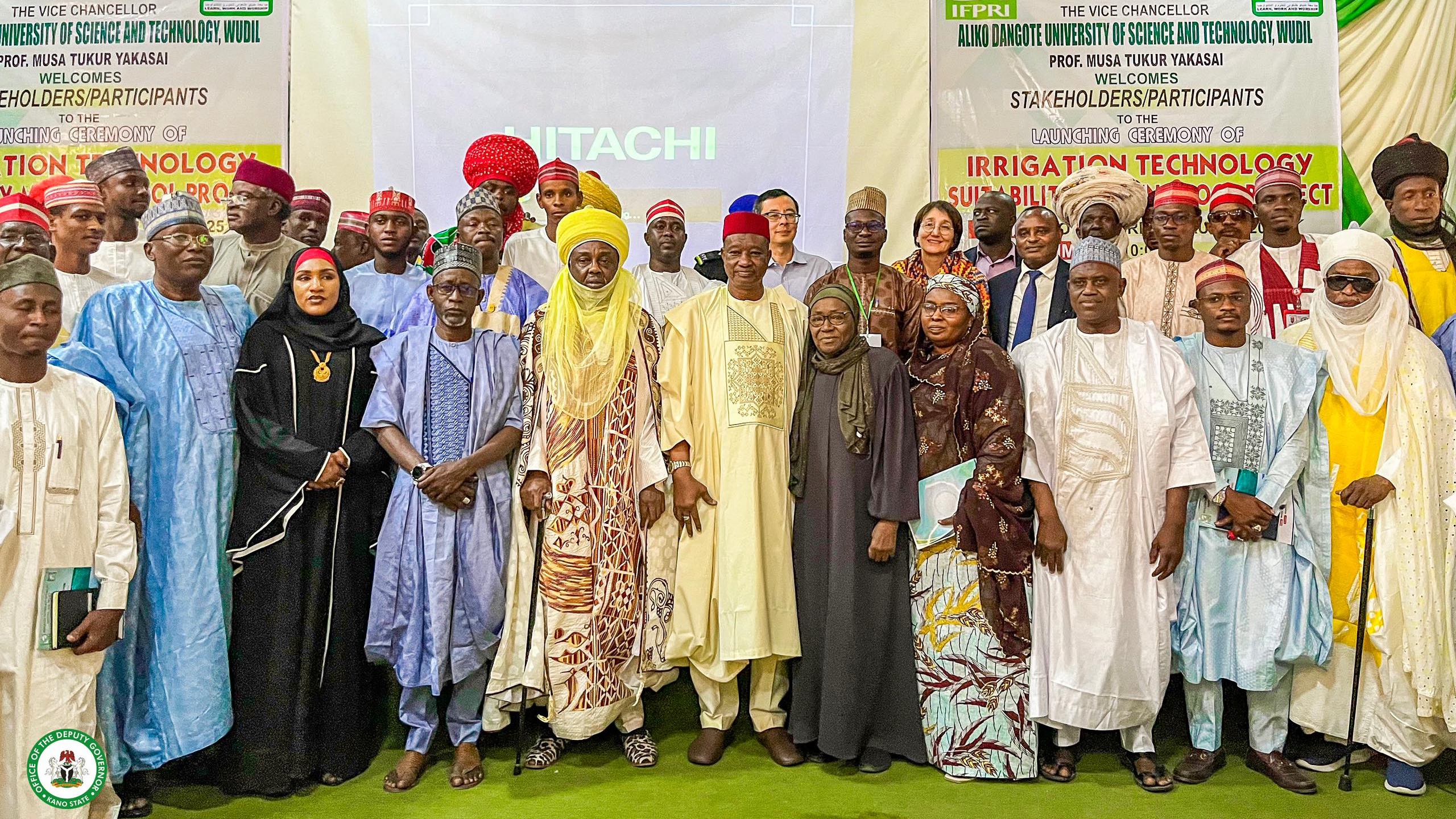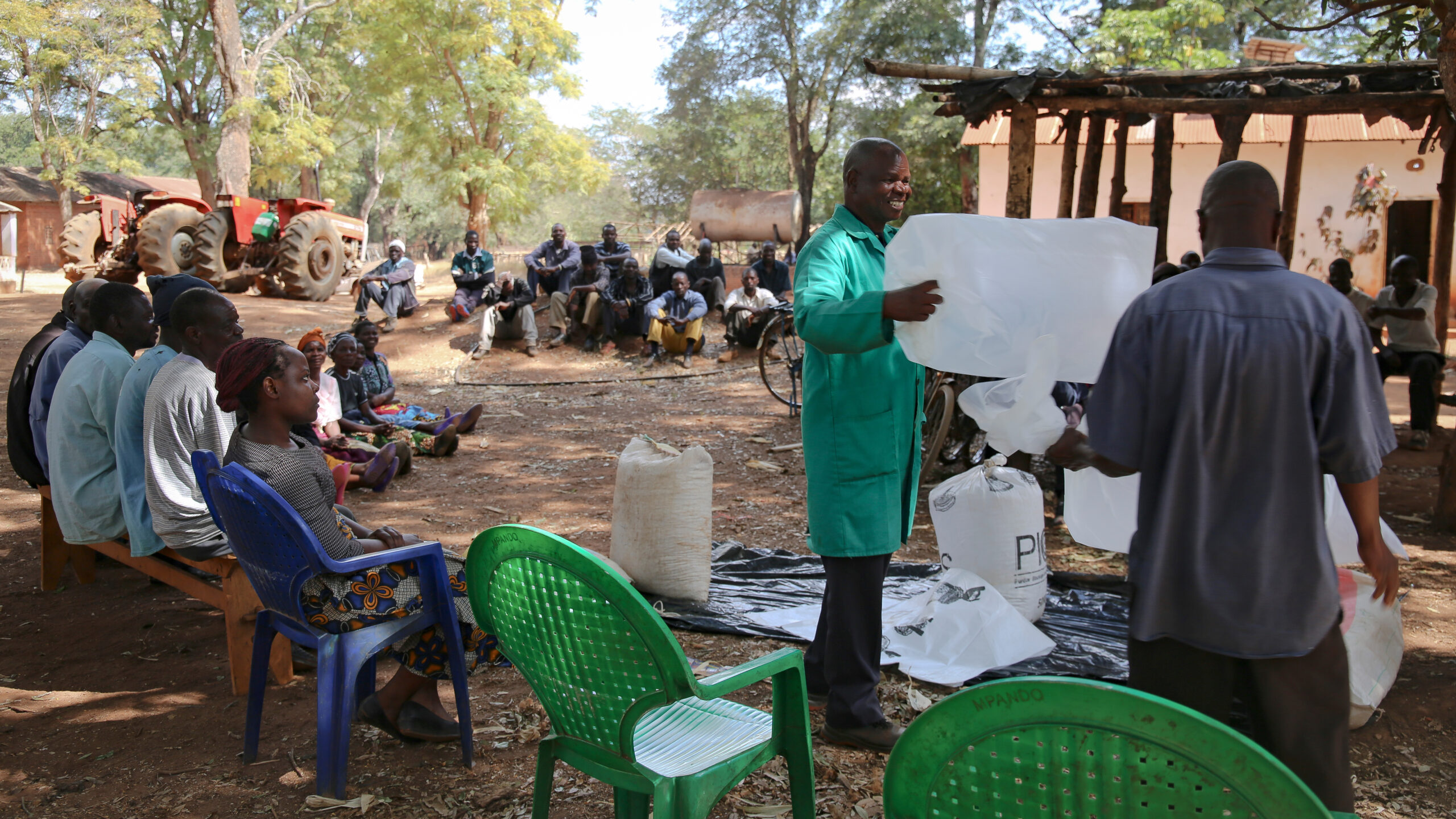The unfolding crisis in Ukraine has roiled commodity markets and threatens global food security. Ongoing fallout from the COVID-19 pandemic and other factors have already driven up food prices. Poor harvests in South America, strong global demand, and supply chain issues have reduced grain and oilseed inventories and driven prices to their highest levels since 2011-2013. Vegetable oil prices have also been at record levels, reflecting the short South American soybean crop, reduced palm oil supplies due to harvest problems in Malaysia, and sharply increased use of palm and soybean oil for biodiesel production. Prices of key energy-intensive inputs like fuel, fertilizer and pesticides have also been at near-record levels.
Russia’s invasion of Ukraine will further disrupt global markets, will have negative consequences for global grain supplies in the short term, and by disrupting natural gas and fertilizer markets, have negative impacts for producers as they enter a new planting season. This could push up already-high food price inflation, and have serious consequences for low-income net-food importing countries, many of which have seen an increase in malnourishment rates over the past few years in the face of pandemic disruptions.
In this post, we discuss the global implications of the crisis; however, we should not forget the direct impacts of the war on local populations. Military operations could lead to the displacement of 1.5 million to 5 million people in Ukraine, leading to a major food crisis. As the State of Food Security and Nutrition and Global Report on Food Crisis reports point out, conflicts remain a key driver of food insecurity in the world.
The rising role of the Black Sea in global food security
Over the past 30 years, the Black Sea region has emerged as an important global supplier of grains and oilseeds, including vegetable oils (Figure 1). In the early 1990s, following the breakup of the former Soviet Union, the region was a net importer of grain. Today, Russia and Ukraine exports account for about 12% of total calories traded in the world, and the two countries are among the top five global exporters for many important cereals and oilseeds, including wheat, barley, sunflowers and maize. Ukraine is also an important source of sunflower seed oil, supplying about 50% of the global market.
Figure 1: Ukraine and Russia’s Share of Global Trade, 2018-2020
Many importing countries depend even more on these products from Ukraine and Russia. North Africa and the Middle East import over 50% of their cereal needs and a large share of wheat and barley from Ukraine and Russia. Ukraine is an important supplier of maize for the European Union and China, as well as several North African markets including Egypt and Libya.
Likely short-term impacts
The crisis will likely have an immediate impact on grain exports from Ukraine and Russia. Most of the wheat and barley crops are harvested in the summer and exported during the fall. By February, most wheat, barley and sunflower seed exports are largely completed. Ukraine maize exports typically remain heavy through the spring into the early summer. Most grain flows out of Odessa and other western ports on the Black Sea, far from the occupied areas in the East, but disruptions are looking increasingly likely given Russia’s latest military actions. Military operations could have short- and long-term consequences in the capacity to move Ukraine’s crop production within and beyond its borders, especially if port facilities and railroads are damaged through terrestrial and aerial operations, or cyber-attacks targeting various infrastructures and their management.
Looking forward to 2022 crops, the Luhansk and Donetsk oblasts account for about 5% of Ukraine’s barley production, 8% of wheat production, 9% of sunflower seed production, and a negligible share of maize production. The occupied areas of Luhansk and Donetsk are in the easternmost part of the oblasts bordering with Russia. However, large areas of production are in other parts of Ukraine that directly border with Russia and Belarus where Russian troops have also massed: Between 25%-30% of maize and sunflower seed production, 10%-15% of barley production and 20 to 25% of wheat production are in such oblasts. Spring barley will begin in March while maize planting typically begins in April. Winter wheat won’t typically be planted until September.
Longer-term effects—impacts on fertilizer and energy inputs
The Russian invasion of Ukraine will likely provoke countermeasures by the EU, United States, and other countries which could have large impacts on Russian exports of natural gas and fertilizers. Russian exports of natural gas account for about 20% of global trade and Russia supplies about 40% of the EU’s current imports. Sanctions could halt trade and drive up natural gas prices to even higher levels (Figure 2). While European importers could switch to other suppliers such as the U.S., logistical issues—the U.S. exports liquified natural gas—add costs and would not provide significant relief, at least in the short term.
Figure 2: European and U.S. Natural Gas Evolution
Natural gas is also an important feedstock for the production of nitrogenous fertilizers such as ammonia and urea. The impact on fertilizer prices would be further exacerbated by the fact that Russia is an important supplier of nitrogenous fertilizers and potash. Russia account for 15% of global trade in nitrogenous fertilizers and 17% of global potash fertilizer exports. Belarus, an ally of Russia and staging ground for the current invasion and already being targeted by some international sanctions, accounts for an additional 16% of global market share of potash exports. Dependency for some countries, including Ukraine, on the supply from these two countries could be quite extreme (60% or more, see figure 3).
Figure 3: Countries’ Dependency on Nitrogenous and Potassium Fertilizers Originating from Belarus and the Russian Federation, 2018-2020
The global fertilizer market has been reeling from record high prices. Further shortages will have global implications, particularly in developing countries where price impacts could significantly reduce fertilizer use and result in poor local harvests at a time of reduced global stocks and record global prices.
Conclusion: Possible next steps
Russia’s invasion of Ukraine poses serious risks to global food security that will require a range of responses from governments and international organizations. The situation remains very fluid and introduces considerable uncertainty into an already tight global marketplace. Of immediate concern is the vulnerability of net food-importing countries highly dependent on Ukraine for supplies—such as the highly exposed countries in the MENA region. The global response to the Ukrainian situation should include a strong global food security dimension, and ensure that any sanctions placed on Russia not impact third parties reliant on Russian exports. To the extent possible, food and fertilizer exports should be allowed to continue unimpeded; failing that, mitigation packages should be provided to affected third party countries. Placing sanctions on those sectors will only exacerbate world shortages and penalize mainly populations that are already food insecure.
With skyrocketing agricultural prices, there is the risk that some countries may seek to insulate domestic producers by restricting exports. Such moves should be avoided. As we saw in 2007-08 and 2010-11, these beggar-thy-neighbor policies can have harmful effects on importing countries, particularly the most vulnerable. In this context, both the sanctions aimed to enforce international laws, and export restrictions used to protect domestic consumers, have to be designed to protect global food security, and consequences on third parties need to be assessed carefully.
Finally, the reliance of many countries in the world on Russian energy products will trigger important policy debates. Calls for greater energy sovereignty and diversification will likely occur. However, policies that call for ramping up production of biofuels should be viewed with skepticism. Redirecting the current consumption of food crops (maize, wheat, oilseeds) to non-food uses around the world, from the EU to Indonesia, is already generating significant tensions in food and fertilizer markets. A holistic approach regarding food and energy security is critical in ensuring that food and nutrition outcomes remain a priority.
Joseph Glauber and David Laborde are Senior Research Fellows with IFPRI's Markets, Trade, and Institutions Division.







